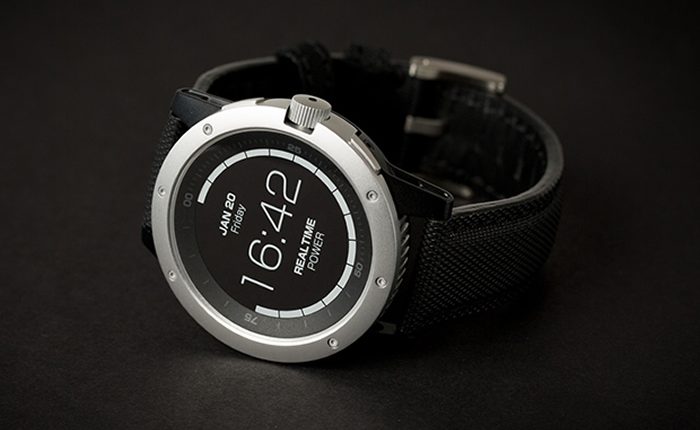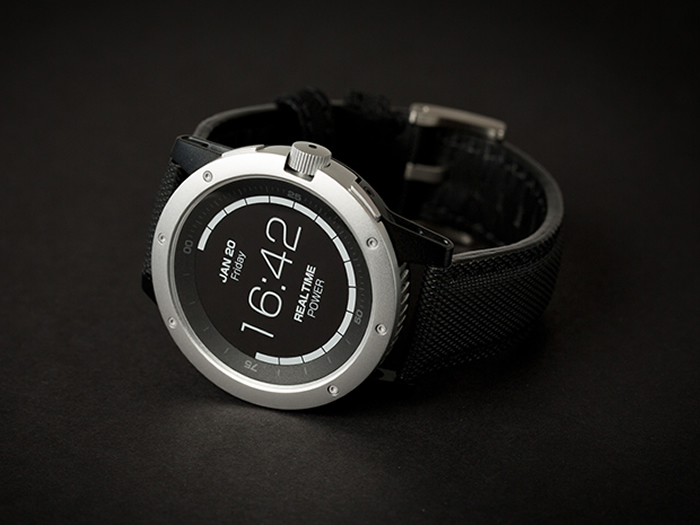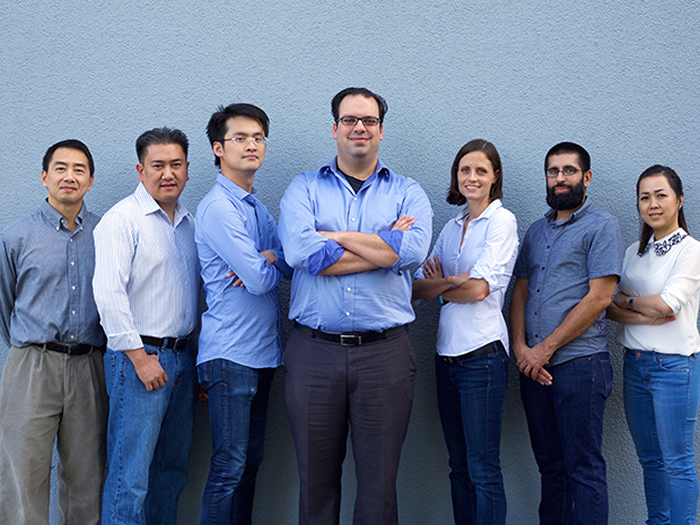Company founders Akram Boukai, CEO, and Douglas Tham, Chief Technology Officer of Matrix Industries, based in Menlo Park, Calif., think that thermoelectric technology is ready to power wearables now, and soon will make sense for implantables and low-power sensors on the Internet of Things. Thermoelectric devices harvest energy using a temperature difference between their two sides to generate a voltage.
Matrix launched what it calls a thermoelectric-powered smart watch—and I call a fitness tracker—on Indiegogo today. The $100 gadget—which has a step counter, calories-expended counter, a sleep monitor, and yes, a watch that tells time—is a little too clunky for me, and will likely only appeal to the ‘gotta have the cool gadget’ early adopter who can show off the self-powering feature to his friends.
But that’s probably okay. Because, while I’m sure Matrix would love to sell a bunch of these gadgets, that’s really not its main goal. The company really just wants to convince other gadget makers to embrace its thermoelectric technology.
“We see ourselves as a thermal energy harvesting company,” Anne Ruminski, Matrix’s head of engineering told me, not a watch company. “We would like to see the technology be applied to other wearables, medical devices, and smart sensors.”
Boukai and Tham started working together on the technology in 2003, as graduate students at Cal Tech. They officially formed as Silicium Energy in Ann Arbor, Michigan, in 2011, moving their operations to Silicon Valley in 2013. Silicium changed its name to Matrix this year.
Ruminski says the time is right for putting thermoelectrics into wearables. “We were surprised that, when we looked at applications for the technology, that everybody working with it was focused on putting it into cars, which isn’t feasible now. We were surprised nobody had put it into a watch.” Smart watches makes sense, because “the devices going into smart watches today use far less power than even just a couple of years ago.”
She would particularly love to see the technology migrate quickly into hearing aids. “A close relative wears hearing aids,” she says, “and it’s a pain for her to change the tiny batteries so often.”
The technology, Ruminski believes, is especially suited for implantables that sit just under the skin, like pacemakers. “They don’t require much power, and there is enough of a temperature gradient at the surface of the skin so it would work.”
The company has filed patents in thermoelectrics and heat management. Figuring out how to shed heat so the cold side of the system doesn’t get too warm was a challenge, Ruminski says.
More information: IEEE Spectrum




Comments are closed, but trackbacks and pingbacks are open.